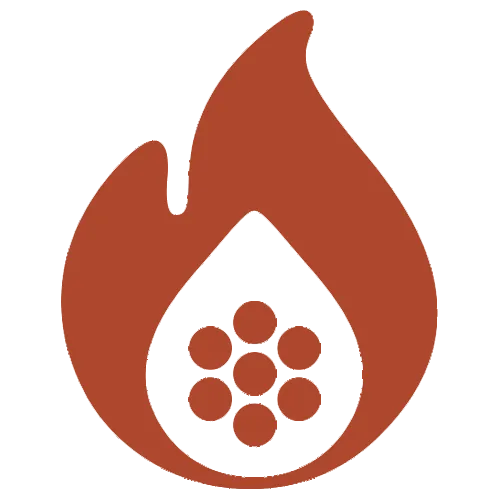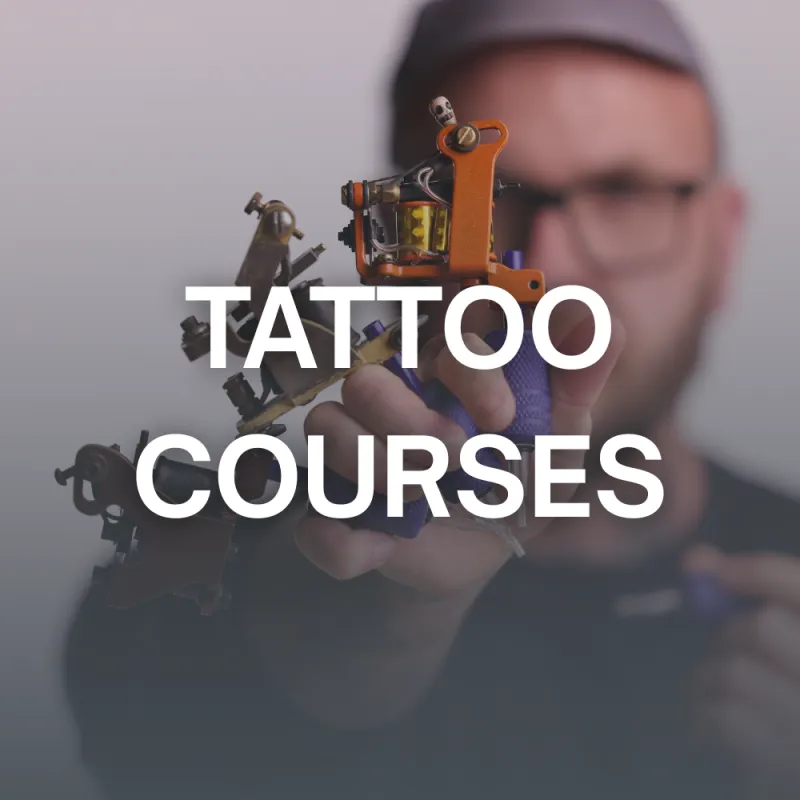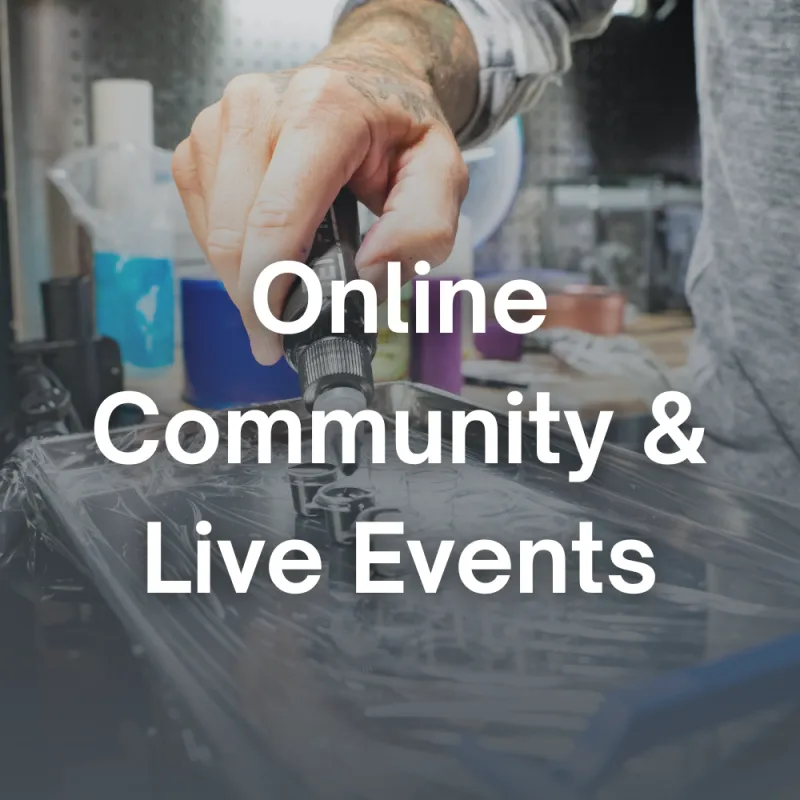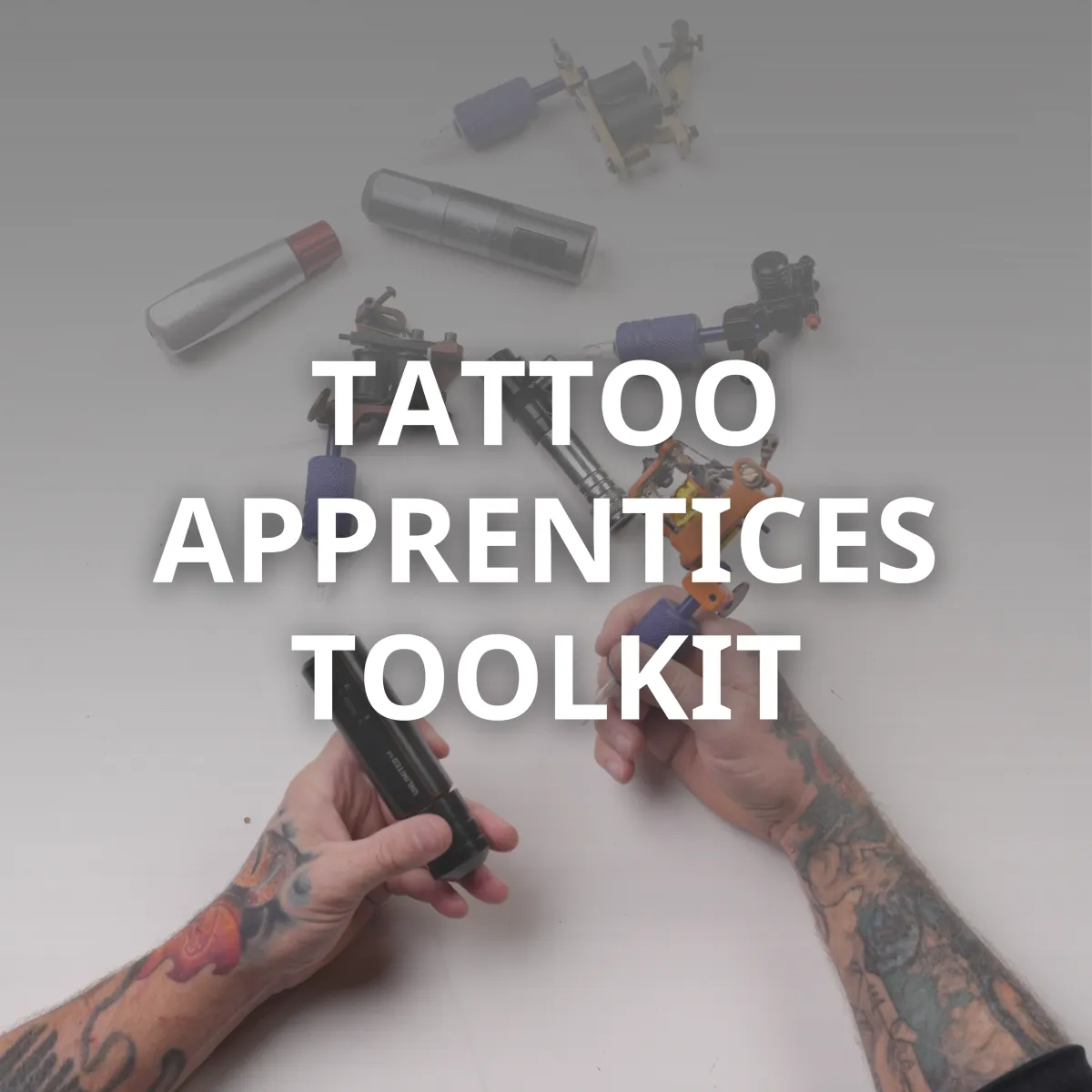Helping Tattoo Artists Thrive at Every Stage
Providing tattooers with the tools, knowledge, and community they need to succeed
Aspiring Tattoo Artists
tattoo Apprentices
Seasoned Tattoo Artists
READY TO GIVE US A TRY?
Tools, Resources, Community - All In One Place
Fireside Tattoo Network has been helping tattoo artists grow their craft since 2013. Whether you’re just starting out or refining your skills, we provide the tools, resources, and community you need to thrive in the tattoo industry.
Fireside Yacht Club
Join the Fireside Yacht Club for a unique tattooers retreat on Greers Ferry Lake, AR. Escape the every day, connect with fellow artists, and find fresh inspiration in a serene setting. Limited spots available—secure yours now and embark on your next creative journey.
Inside Fireside Tattoo Club
Join the Inside Fireside Tattoo Club and take your craft to the next level. Whether you're a beginner, an intermediate artist, or a seasoned pro, this is the place to connect with a community of tattoo artists, get expert feedback, and unlock new opportunities to grow and thrive in your tattoo journey.
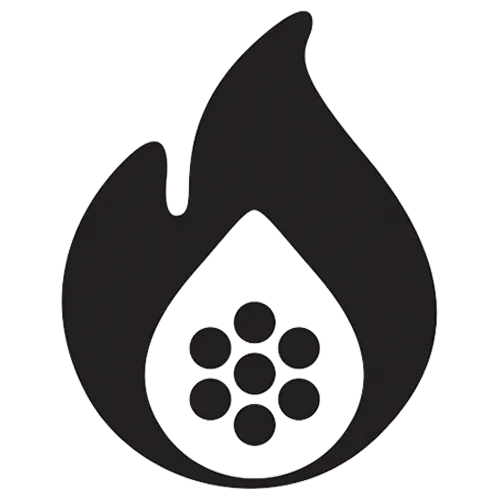
COMPANY
LEGAL
FOLLOW US
Copyright 2025. Fireside Tattoo Network. All Rights Reserved. Website by Clear Brand Collective
